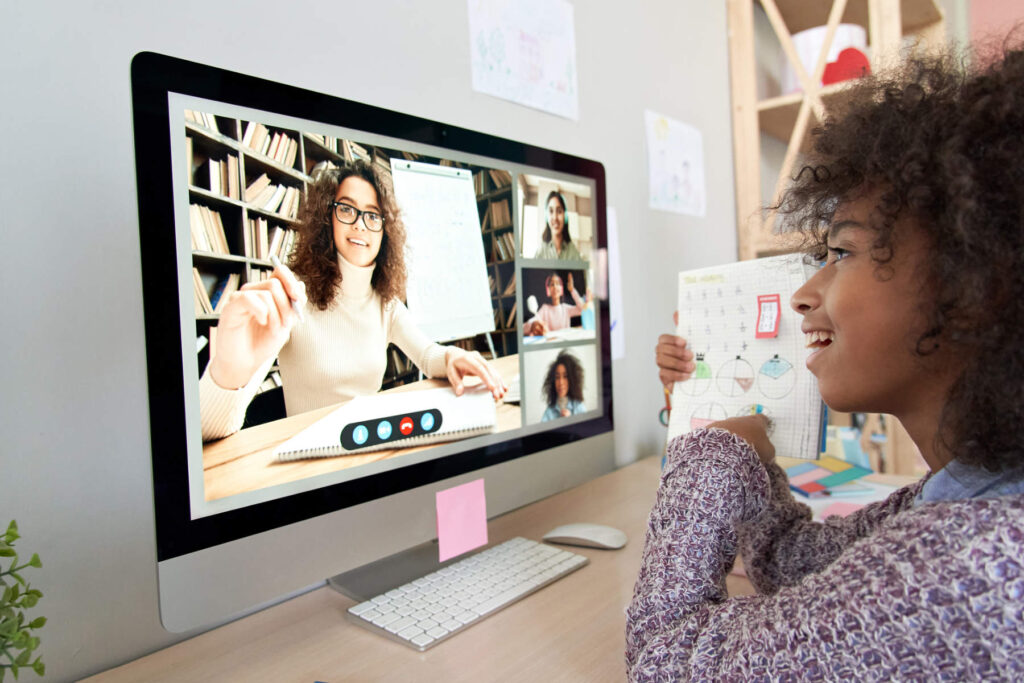

Traditional PDFs and slide decks may be familiar and easy to create, but they often fall short in today’s dynamic, tech-driven learning environments. These static formats limit interaction and provide a one-way flow of information—making it harder for learners to stay focused or retain knowledge.
Students today expect media-rich, responsive content that reflects the interactivity they experience daily through apps and platforms. Modernizing your materials is no longer a luxury—it’s a necessity.
Interactive learning content encourages active participation rather than passive consumption. The goal is to engage multiple senses and cognitive functions through activities like:
These elements transform content from something learners “read” to something they “experience.”
You don’t have to start from scratch—there are many tools available to help convert static PDFs into interactive formats. Depending on your goals, try tools like:
Most of these platforms require no coding skills and allow for easy export or LMS integration.
When updating your materials, don’t just copy and paste content from PDFs into a new format. Rethink structure, design, and flow. Keep these tips in mind:
Modernized, interactive content not only improves engagement—it also supports accessibility and personalized learning. Learners can interact with content at their own pace, revisit complex topics, and benefit from multimedia reinforcement.
This approach also supports different learning styles: visual, auditory, kinesthetic, and more. The result is a richer, more inclusive experience that boosts both comprehension and confidence.
You don’t need to overhaul your entire curriculum overnight. Start by converting one lesson, one PDF, or one slide deck. With the right tools and mindset, you’ll soon find that interactive content not only elevates your teaching—but transforms the learning journey for everyone involved.
Discover more stories and insights that align with your interests. These handpicked articles dive deeper into accessible learning, inclusive education, and tools to empower your teaching journey.